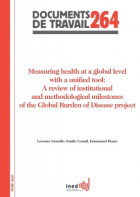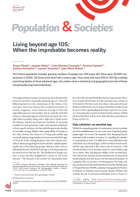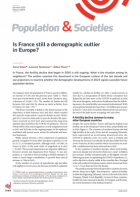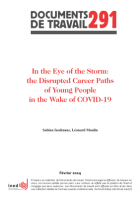
Ranking the burden of disease attributed to known risk factors
A review of the GBD Comparative Risk Assessment approach through the lens of occupational and environmental health
Collection : Documents de travail
n° 266, 2021, 52 pages
The Global Burden of Disease’s (GBD) comparative risk assessment analysis (CRA) is a quantitative estimation of the contribution of known risk factors to the injuries and sequelae enumerated by the study each year. The CRA was introduced in 2002 and has a complex methodology hat builds on the epidemiologic concept of attributable risk, or population attributable fractions (PAFs). This work, second of two volumes on the GBD’s evolution, is focused on explaining and tracing the methodological choices of its risk assessment component, with a specific focus on nvironmental and occupational risk factors. We explore the estimates provided by the Institute of Health Metrics and Evaluation (IHME) and understand how they were calculated. Then, we assess some of the most pressing critiques, and conclude by reflecting on its influence, ethodological choices, and future outlook as the IHME sets itself a leading institution in health estimates. This work is part of a broader research analyzing the role of population health metrics, in particular PAFs, on the definition of public health problems and influencing their gendas. The research relies on a literature review (nonstructured) of published studies and commentaries. It follows a chronological development of the CRA estimates since their first publication in 2002 to the version released in 2019.








